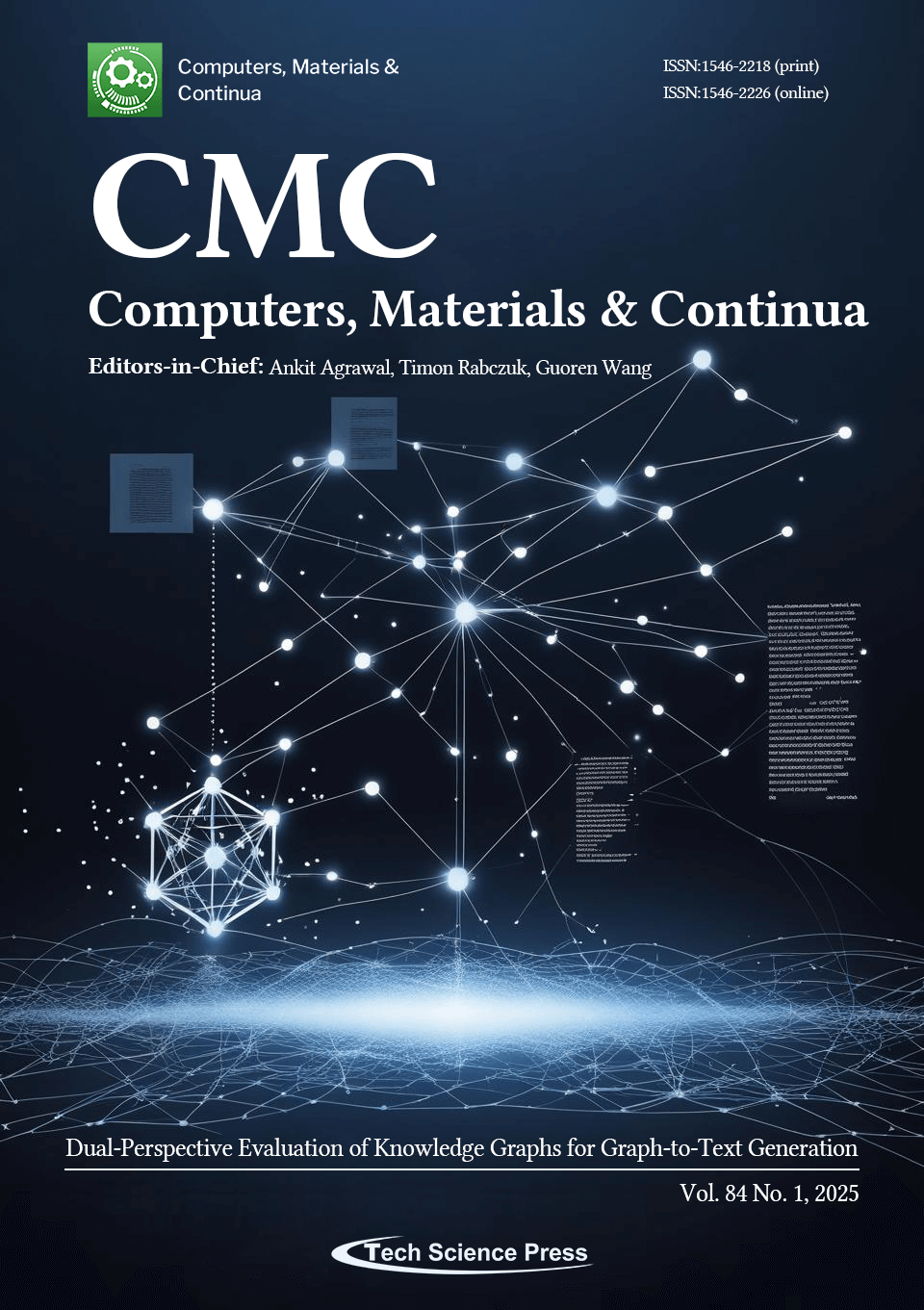A Contemporary and Comprehensive Bibliometric Exposition on Deepfake Research and Trends
Akanbi Bolakale AbdulQudus1, Oluwatosin Ahmed Amodu2,3,*, Umar Ali Bukar4, Raja Azlina Raja Mahmood2, Anies Faziehan Zakaria5, Saki-Ogah Queen6, Zurina Mohd Hanapi2
CMC-Computers, Materials & Continua, Vol.84, No.1, pp. 153-236, 2025, DOI:10.32604/cmc.2025.061427
- 09 June 2025
Abstract This paper provides a comprehensive bibliometric exposition on deepfake research, exploring the intersection of artificial intelligence and deepfakes as well as international collaborations, prominent researchers, organizations, institutions, publications, and key themes. We performed a search on the Web of Science (WoS) database, focusing on Artificial Intelligence and Deepfakes, and filtered the results across 21 research areas, yielding 1412 articles. Using VOSviewer visualization tool, we analyzed this WoS data through keyword co-occurrence graphs, emphasizing on four prominent research themes. Compared with existing bibliometric papers on deepfakes, this paper proceeds to identify and discuss some of the… More >
